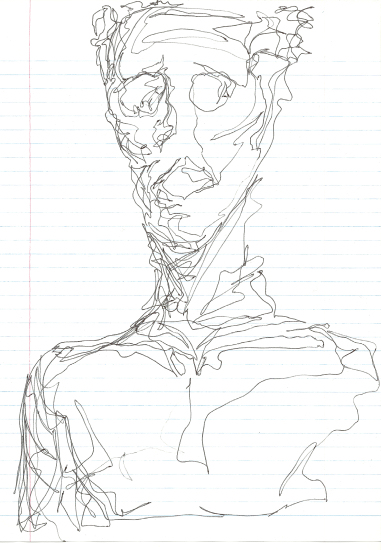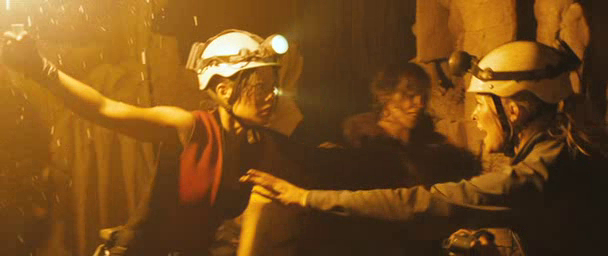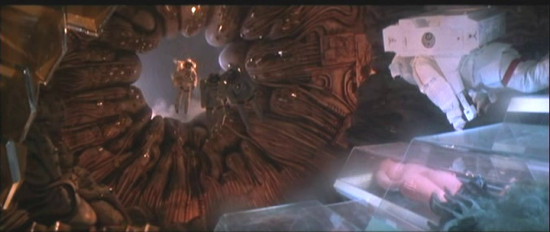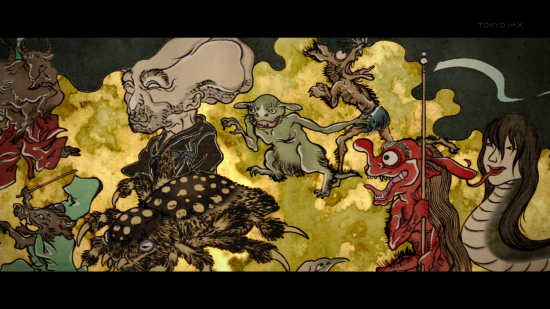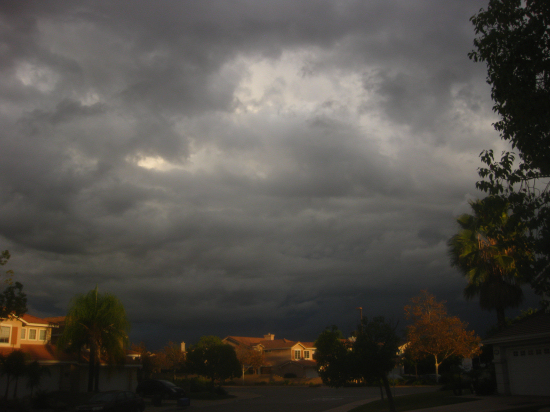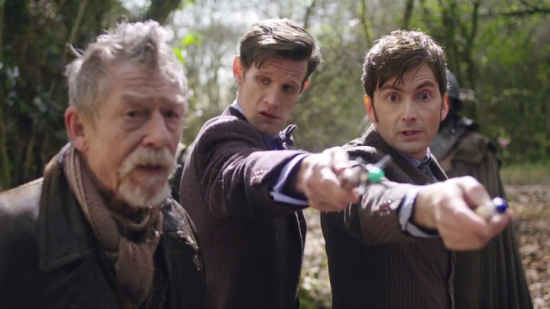
Saoirse Ronan as a vampire named Eleanor Webb wanders into an expensive restaurant, sits at a piano and plays beautifully, expertly, and when she's done she calmly, quietly allows the beauty of the moment to conclude with only the subtlest expression. This scene from the film for me reflects the feelings aroused by the whole of Neil Jordan's Byzantium. Although in some aspects I was reminded of other vampire films, Byzantium is unique in its understated, gentle beauty.
When I heard about the film, I assumed Jordan, an Irishman who frequently tells stories in and about his country, took the title from one or both of William Butler Yeats' "Byzantium" poems.
Sailing to Byzantium
That is no country for old men. The young
In one another's arms, birds in the trees
—Those dying generations—at their song,
The salmon-falls, the mackerel-crowded seas,
Fish, flesh, or fowl, commend all summer long
Whatever is begotten, born, and dies.
Caught in that sensual music all neglect
Monuments of unageing intellect.
An aged man is but a paltry thing,
A tattered coat upon a stick, unless
Soul clap its hands and sing, and louder sing
For every tatter in its mortal dress,
Nor is there singing school but studying
Monuments of its own magnificence;
And therefore I have sailed the seas and come
To the holy city of Byzantium.
O sages standing in God's holy fire
As in the gold mosaic of a wall,
Come from the holy fire, perne in a gyre,
And be the singing-masters of my soul.
Consume my heart away; sick with desire
And fastened to a dying animal
It knows not what it is; and gather me
Into the artifice of eternity.
Once out of nature I shall never take
My bodily form from any natural thing,
But such a form as Grecian goldsmiths make
Of hammered gold and gold enamelling
To keep a drowsy Emperor awake;
Or set upon a golden bough to sing
To lords and ladies of Byzantium
Of what is past, or passing, or to come.
Byzantium
The unpurged images of day recede;
The Emperor's drunken soldiery are abed;
Night resonance recedes, night walkers' song
After great cathedral gong;
A starlit or a moonlit dome disdains
All that man is,
All mere complexities,
The fury and the mire of human veins.
Before me floats an image, man or shade,
Shade more than man, more image than a shade;
For Hades' bobbin bound in mummy-cloth
May unwind the winding path;
A mouth that has no moisture and no breath
Breathless mouths may summon;
I hail the superhuman;
I call it death-in-life and life-in-death.
Miracle, bird or golden handiwork,
More miracle than bird or handiwork,
Planted on the starlit golden bough,
Can like the cocks of Hades crow,
Or, by the moon embittered, scorn aloud
In glory of changeless metal
Common bird or petal
And all complexities of mire or blood.
At midnight on the Emperor's pavement flit
Flames that no faggot feeds, nor steel has lit,
Nor storm disturbs, flames begotten of flame,
Where blood-begotten spirits come
And all complexities of fury leave,
Dying into a dance,
An agony of trance,
An agony of flame that cannot singe a sleeve.
Astraddle on the dolphin's mire and blood,
Spirit after Spirit! The smithies break the flood.
The golden smithies of the Emperor!
Marbles of the dancing floor
Break bitter furies of complexity,
Those images that yet
Fresh images beget,
That dolphin-torn, that gong-tormented sea.

They certainly sound like they could be poems about vampires--more the modern, contemplative and tortured Anne Rice variety than the villainous bloodsucker that would have been the familiar vampire when Yeats wrote the poems. Though I have no idea if Jordan actually took his inspiration from the Yeats poems.
Jordan is certainly no stranger to the Anne Rice vampire having directed the film version of Interview with the Vampire starring Brad Pitt and Tom Cruise. And the story does bear some similarities--in Byzantium we follow the vampire protagonists across the centuries, we see the strange initiation into undeath, the contrast of the same people living in one time period and another, and the effect extreme long life may have on a personality. The vampires portrayed are people who have found themselves gradually more disconnected from humanity even as they acquire a profoundly intimate knowledge of the species.

But Byzantium doesn't feature as many of the qualities of action or horror film as Interview with the Vampire. Byzantium's protagonists, a mother and daughter called Clara (Gemma Arterton) and Eleanor (Saoirse Ronan), have a relationship somewhere between a family forced to move frequently for business reasons and a couple of wanted criminals.
The years can be seen more in Eleanor's peculiarly placid, confident, and self contained behaviour which allows the film to contemplate Saoirse Ronan in stillness, revealing the former child actress has grown up to look a bit like a Pre-Raphaelite painting.

Clara, meanwhile, seems as capricious and simple hearted as she was in life. She was a prostitute from an early age and we see her to-day opening a brothel in an old hotel called Byzantium on the English coast.

The relationship that slowly begins to emerge between Eleanor and a boy named Noel (Daniel Mays) may remind some of Let the Right One In but while that movie was about natural affection developing in unorthodox circumstance, Byzantium is more from the vampire's perspective as she attempts to reconcile her natural needs with disbelief and fear that would prevent others from responding to her in a natural way.

Although Eleanor generally seems the more mature of the two vampire women, Clara has a better understanding of the world's hostility towards them. Eleanor, despite her centuries, seems to have the adolescent presumption that because she wants or needs something, the world can readily supply her with it. Even after so many years, she still has the urge to connect with others on an instinctual level but humanity is usually only ready to meet her intellectually.
